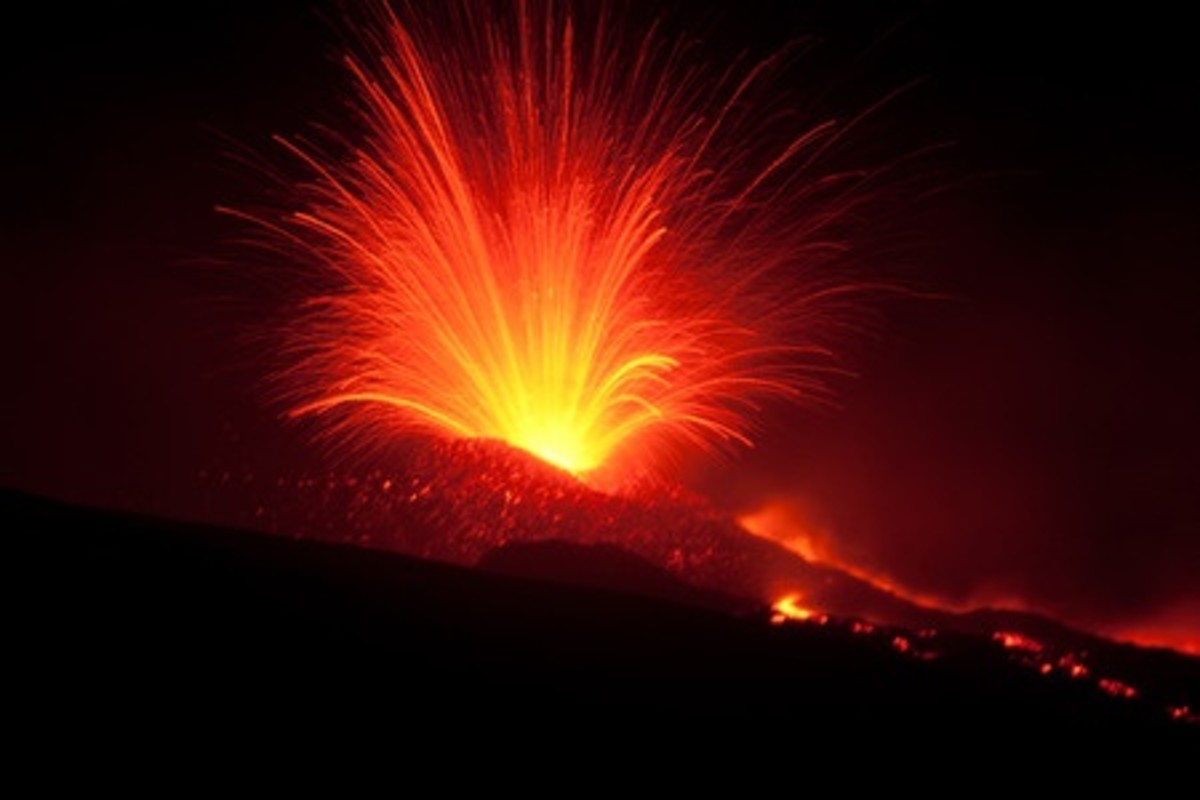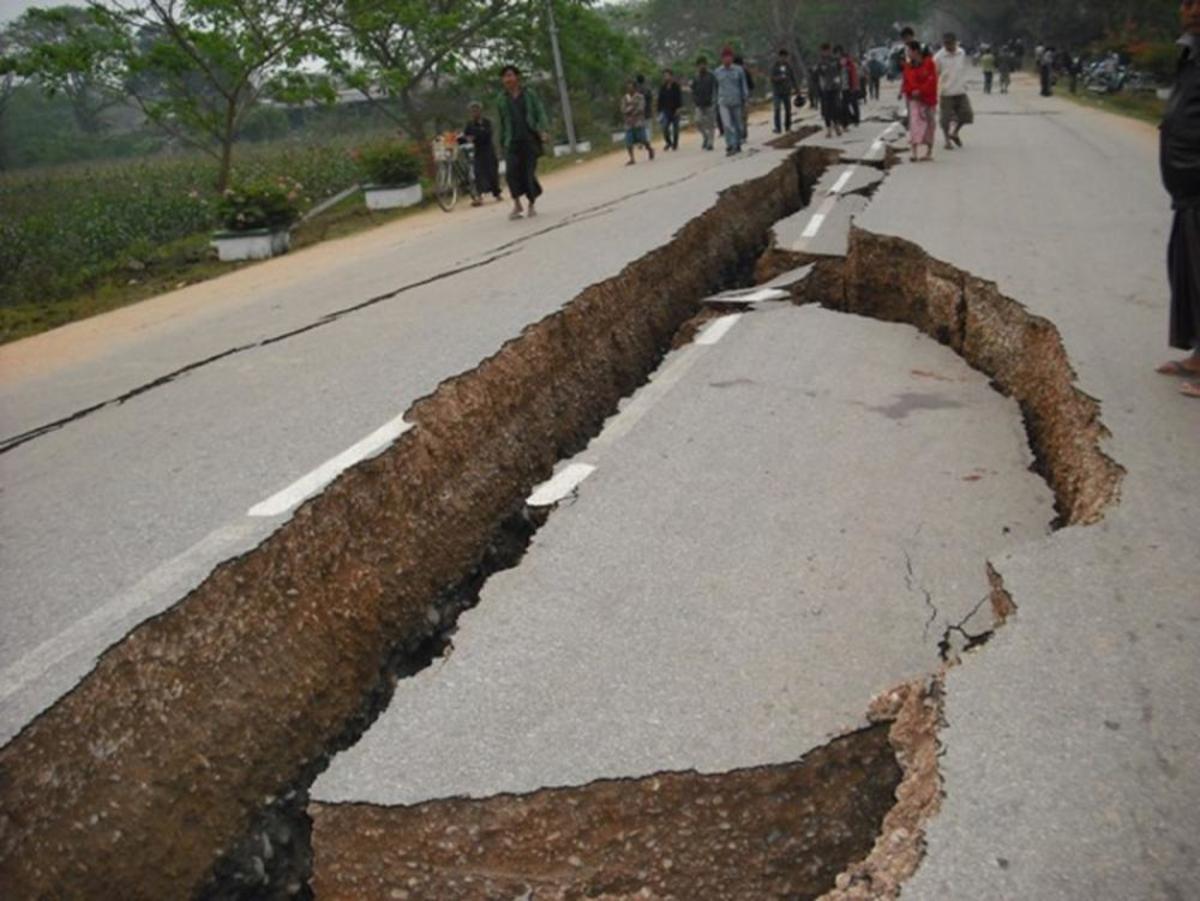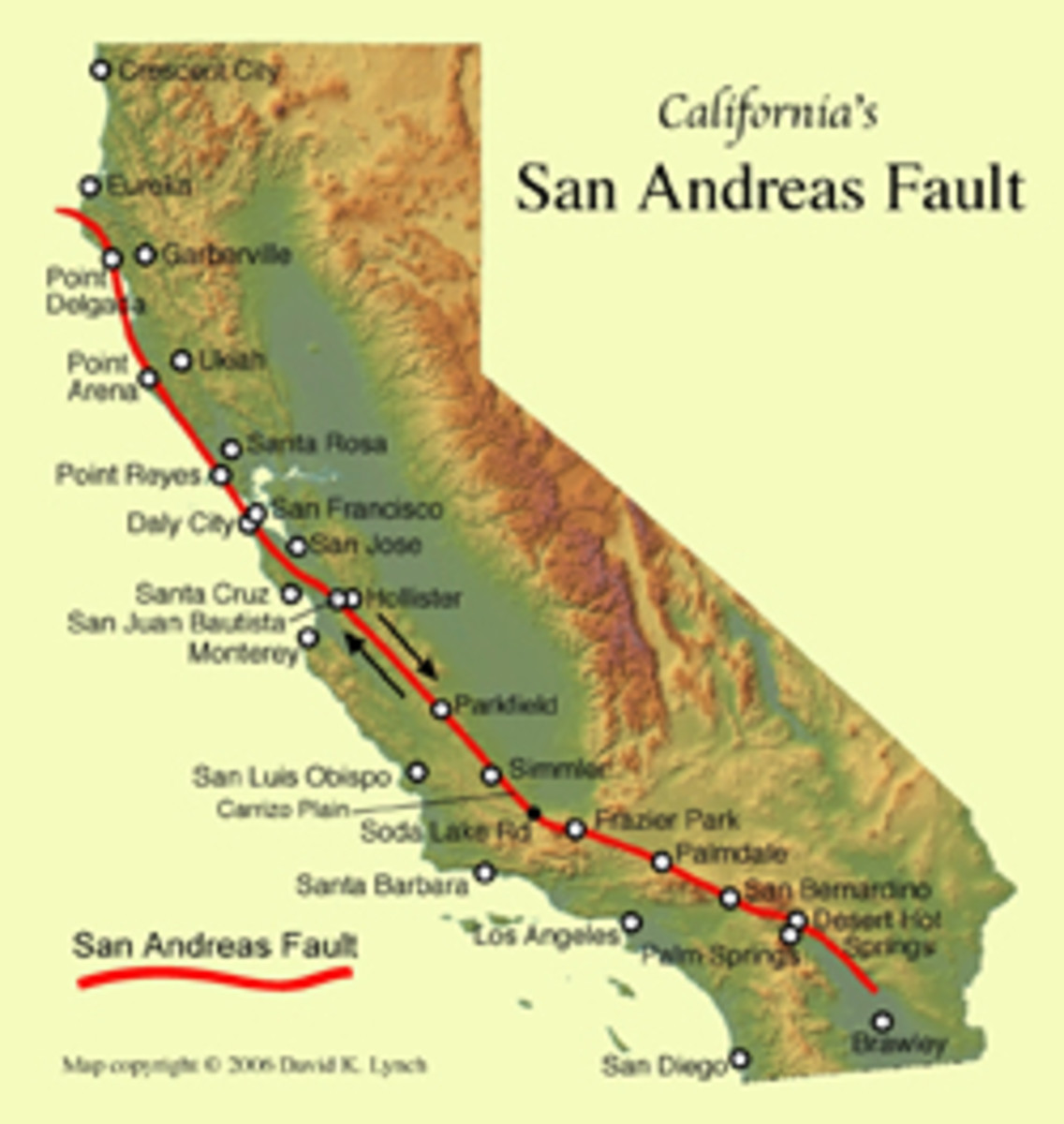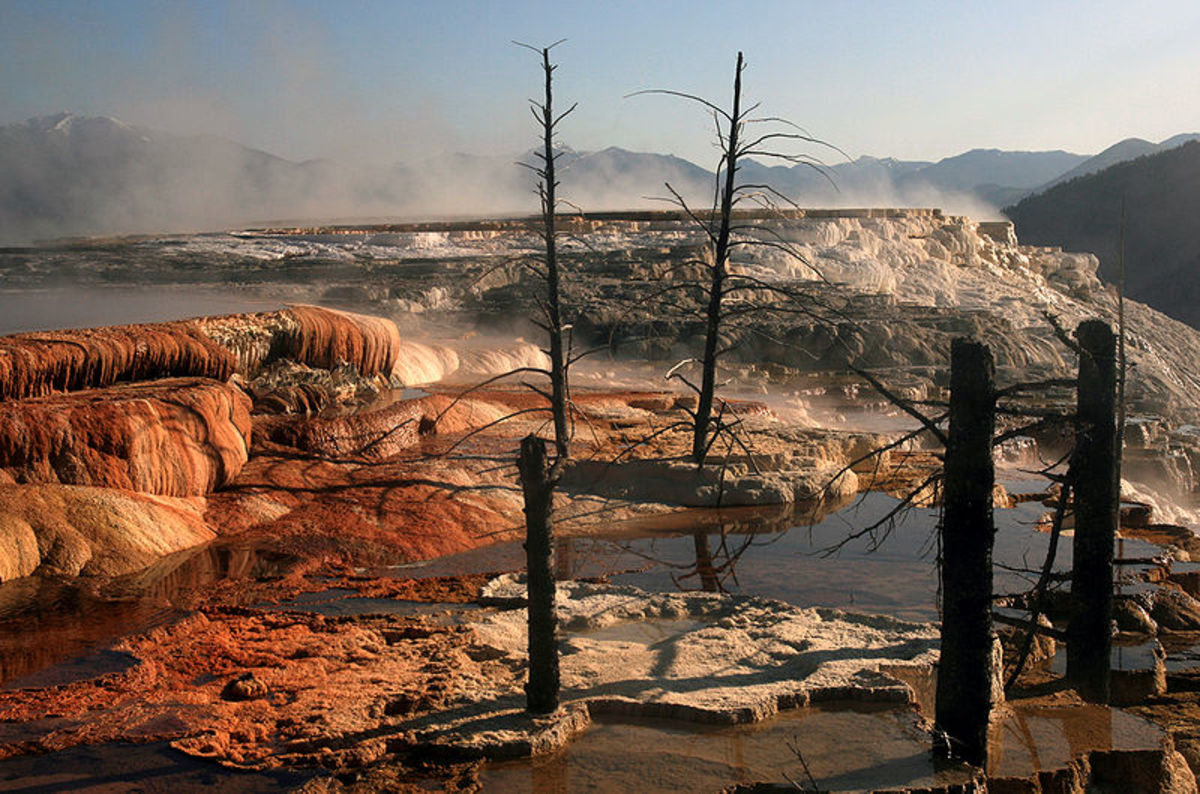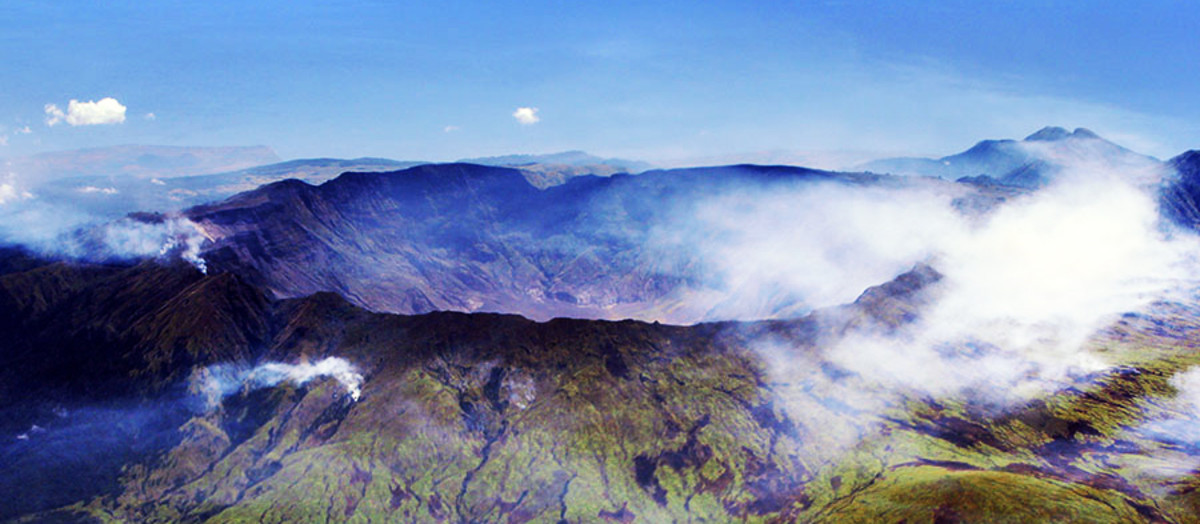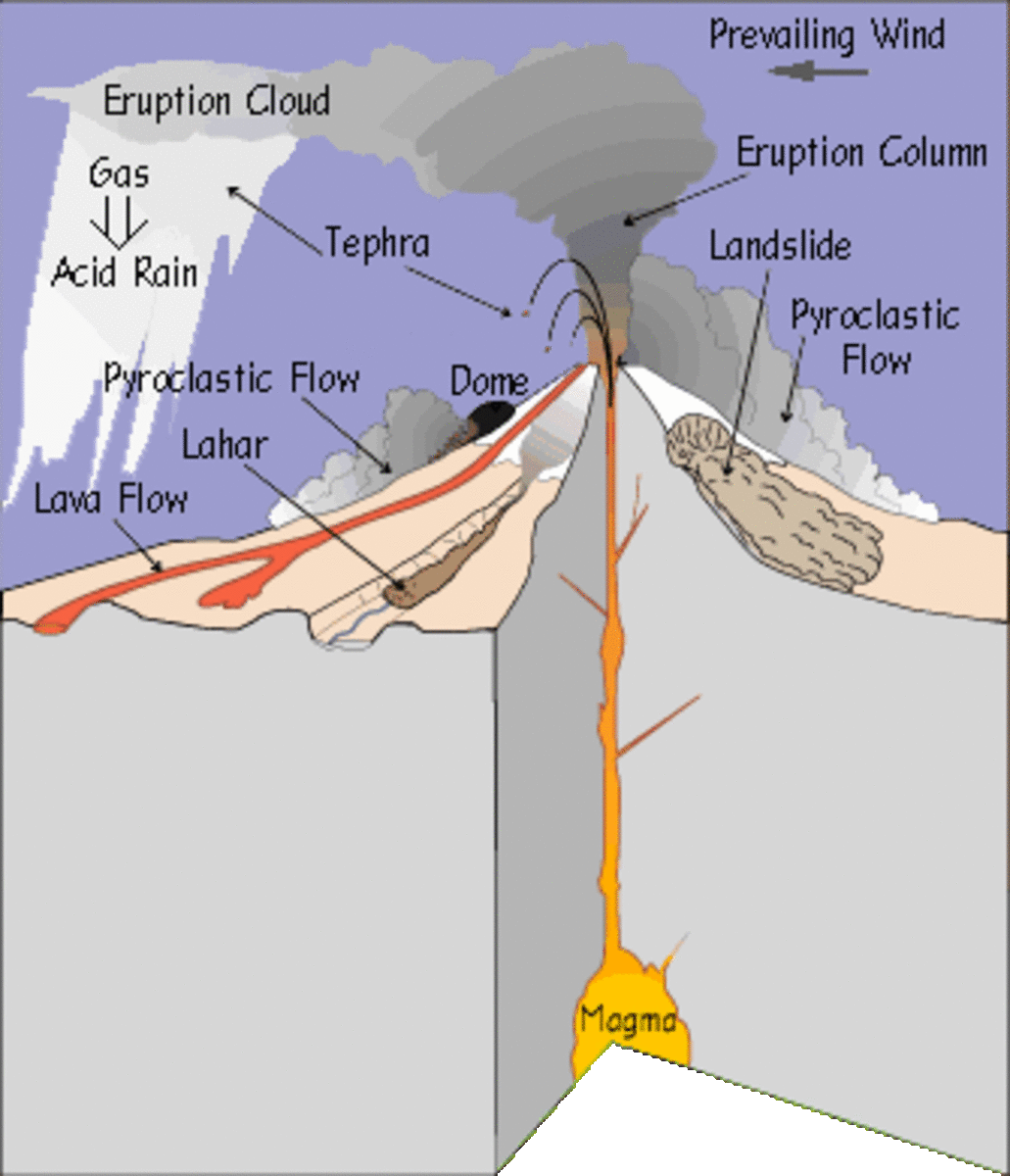Earthquake Weather Review+Report for April+May 2015
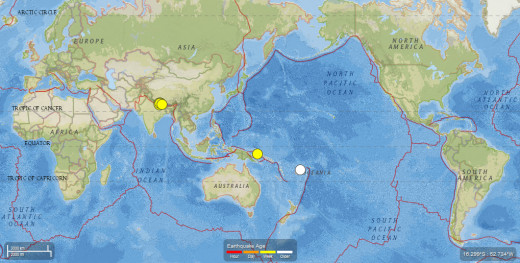
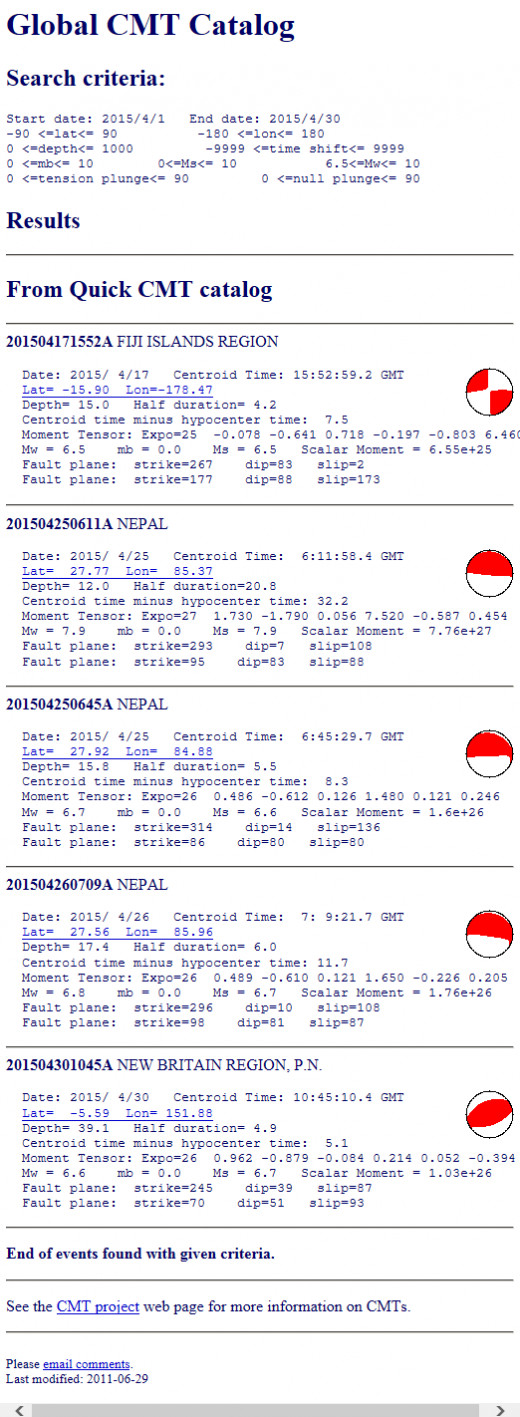
As I foretold in a recent hub, April 2015 was a bigger month for earthquakes worldwide than March 2015. In terms of energy released for earthquakes of at least 6.8 magnitude, March was ahead of the statistical average and, when it comes to the total number of earthquakes of 6.8 magnitude or larger, about half of what you would normally expect. In other words, if you had a 6.8 and a 7.1 earthquake occur in a single month, that would be a normal average representation. However, a 7.45 magnitude earthquake alone is average too; just more dramatic (releasing 2.5 times more energy than a 6.8 and 7.1 earthquake combined). Things became much more dramatic as another significant event occurred in Nepal on April 25th, 2015. The 7.85 magnitude earthquake in Nepal on April 25, 2015, released 4 times more energy than the 7.45 magnitude event the month before (or 10 times the energy released in an average month).
Unfortunately, that last big earthquake was also of shallow depth and near to a large populated area with poor construction codes. The death toll so far is over 6,000 with the expectation that it could go as high as 10,000 or more. Perhaps the lessons learned from this historic and tragic catastrophe will make a similar seismic occurrence be less of a disaster through better building codes and education on what to do before, during, and after a major earthquake. For now the best that can be done is to donate to the needy in the disaster zone and, if you are religious, to pray for those most effected by it.
Again, like in March, the month for worldwide seismic activity was dominated by a dangerously large quake. The quieter than normal period of a few months before these last two months may have been a calm before a storm, and the storm may be just starting to heat up. May has the potential to have four, or twice the normal number of, 6.8 magnitude or larger earthquakes than an average month. However, I do not expect there to be an earthquake larger than the last one of 7.85. Statistically that would be unlikely, but stranger things have happened..
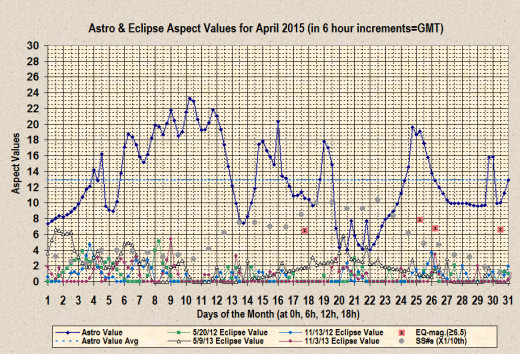
In my last hub, published on April 1, 2015, I drew attention to the April 25 date because of its relationship to a total solar eclipse that took place on March 20, 2015. Although I also had China/Taiwan at the beginning of a list of potential locations for an earthquake for the 57 hour window that this date fell within, I also spelled out that there was a good chance of a significant event within 1,000 kilometer (621 miles) of the eclipse shadow. Since there are much more active seismic areas than the zone I defined, in and surrounding Iceland, it does not come as too much of a surprise that it happened well beyond that range. Although I feel that the 1,000km zone surrounding an eclipse shadow represents more than half of the seismic events to follow that relate to the eclipse, many will fall outside of that range. Also, although I feel that most related earthquakes to an eclipse will occur within 3.25 years following the eclipse, some will occur perhaps as much as 15 years after the eclipse that relates to it. My use of eclipses for earthquake prediction is still in its early stages; I have much to learn..
In March, 2015, a scientific study was published regarding how the activity of wild animals just happened to be recorded around the clock with motion activated cameras on a ridge in the Peruvian wilderness for one month before, and in the epicenter area of, a 7.0 magnitude earthquake. What the study found was that the animal's activity began to change a few weeks before the seismic event, but especially 8 days prior when all the rodents cleared out of the area until after the earthquake occurred. I have written an article on that topic and how it also relates to astrology at my new website which can be found by searching on Google for “quakequest +animals” (without the quotes).
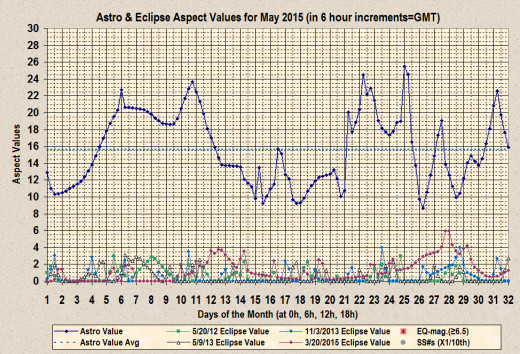
Normally, my forecasts are for seismic activity related to earthquakes of at least 6.8 magnitude but, since lately there has been a paucity of earthquakes in the 6.5 to 6.7 magnitude range, for my May 2015 forecast, I am referring to the possibility of quakes as low as 6.5 magnitude on certain dates in the month and, in some cases, also including the percentage estimate of the likelihood of its occurrence.
The largest seismic window in May happens to be the first one. It begins on May 4, 2015 at 0900UT and ends on May 13, 2015 at 0600UT, lasting 8 days and 21 hours. During this time I estimate that there will be a 67% chance of at least 2 significant earthquakes (this time allowing earthquakes as low as 6.5 magnitude). The normal odds for two such earthquakes for such a stretch of time would be approximately 30% (so the odds will be about 2.2Xs greater than the statistical average).
There are many possible locations for earthquakes during this period. Starting on May 5, from 0600UT till 1800UT (12 hours), there is a chance of an earthquake in Alaska or also possibly in Japan, China/Taiwan, or northern California. On May 6, from 0000UT till 1200UT on May 7 (36 hours), there is a chance of earthquakes in either Kamchatka, Iceland, New Zealand, Papua New Guinea, the Solomon Islands, or the Marshall Islands.
From May 7 at 1400UT till May 8 at 1000UT (20 hours), there again is a chance of an earthquake in Alaska, China/Taiwan, Japan, and northern California. On May 10 at 0300UT till 2100UT (18 hours), there are chances of significant earthquakes in either Colombia, Venezuela, Peru, Chile, Mexico, Indonesia, the Caribbean, or mid-eastern Africa. During May 11 at 0000UT through May 13 at 0600UT (54 hours), there is the likelihood of earthquakes in either Iceland, Kamchatka, Iran, Turkmenistan, Turkey, or New Zealand. Peaks during this extended window are at 0000UT on May 6 (AAV=22.8) and May 10 at 1715UT (AAV=23.82).
The next window is 18 hours long on May 16 at 1000UT till May 17 at 0400UT. During this time, possible epicenters are in either Iceland, Kamchatka, New Zealand, China/Taiwan, Japan, Aleutians, or northern California.
The second largest window comes next beginning on May 21 at 0000UT till May 25 at 1800UT, lasting 4 days and 18 hours. During this time, I estimate that there is a 75% chance of a significant earthquake when normally it would be 31% (or a 2.4Xs greater chance than the average likelihood). Possible epicenter locations during this period would be in either Indonesia, Papua New Guinea, the Solomon Islands, the Marshall Islands, Colombia, Venezuela, Peru, Chile, or Mexico (for a 9 hour portion of the window especially during May 23 0900-1800UT). Also possible are earthquakes in China/Taiwan, Japan, Aleutians, or northern California (especially during May 24 at 1400UT till May 25 at 1800UT). Peaks during this window occur on May 22 at 0720UT (AAV=24.65) and on May 25 at 0035UT (AAV=25.6).
The window that follows is 30 hours long, beginning on May 27 at 0000UT and ending on May 28 at 0600UT. Potential epicenter locations would be in either Iceland, Turkmenistan, Iran, Turkey, Colombia, Venezuela, Peru, Chile, Mexico, or Indonesia.
Second to last is an 18 hour window that extends from May 29 at 0000UT till 1800UT. Potential locations of earthquakes during this time would be either Iceland, Kamchatka, New Zealand, the Caribbean, or mid-eastern Africa.
And the last window, spanning 40 hours, occurs beginning May 30 at 0800UT and extending through to the end of the month. Potential epicenter locations for a significant event would be in either the Caribbean, mid-eastern Africa, Papua New Guinea, the Solomon Islands, or the Marshall Islands.
All Astro-aspect windows comprise 58.2% of the time during the month of May 2015.
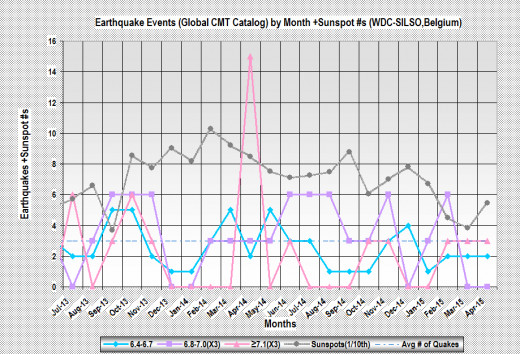
© 2015 Joseph Ritrovato

